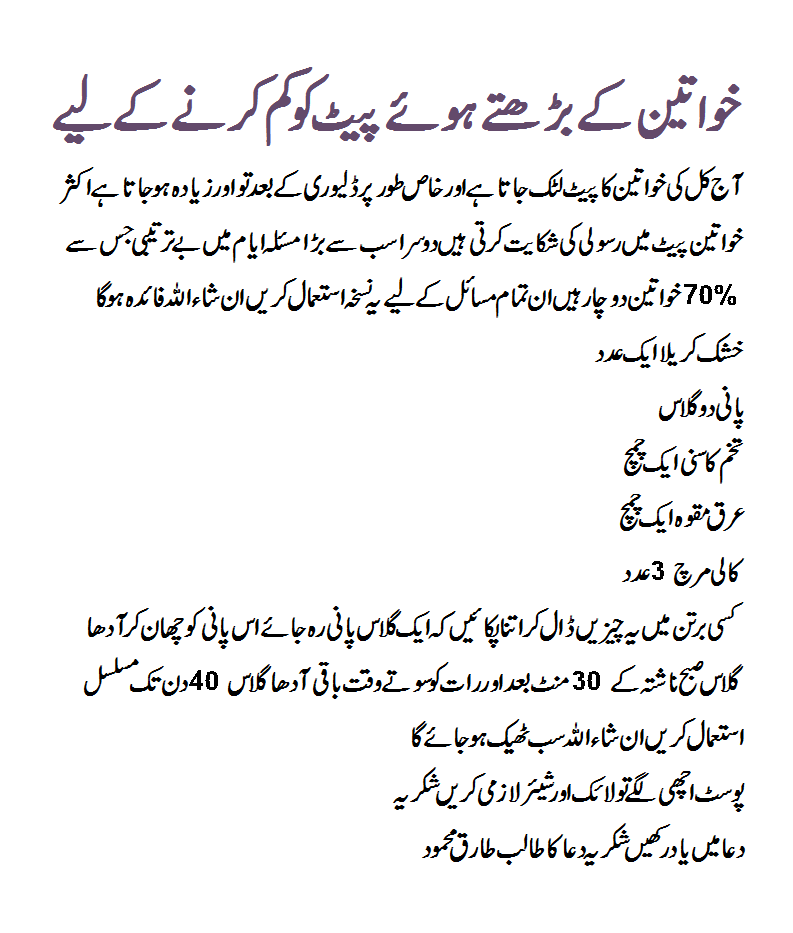An expanding waistline is sometimes considered the price of getting older. For women, this can be especially true after menopause, when body fat tends to shift to the abdomen.
Yet an increase in belly fat does more than make it hard to zip up your jeans. Research shows that belly fat also carries serious health risks. The good news? The threats posed by belly fat can be reduced.
What’s behind belly fat
Your weight is largely determined by three main factors:
- How many calories you consume during the day
- How many calories you burn off through daily exercise
- Your age
If you eat too much and exercise too little, you’re likely to carry excess weight — including belly fat.

Also, your muscle mass might diminish slightly with age, while fat increases. Loss of muscle mass also decreases the rate at which your body uses calories, which can make it more challenging to maintain a healthy weight.
Many women also notice an increase in belly fat as they get older — even if they aren’t gaining weight. This is likely due to a decreasing level of estrogen, which appears to influence where fat is distributed in the body.
The tendency to gain or carry weight around the waist — and have an “apple” rather than a “pear” shape — might have a genetic component as well.